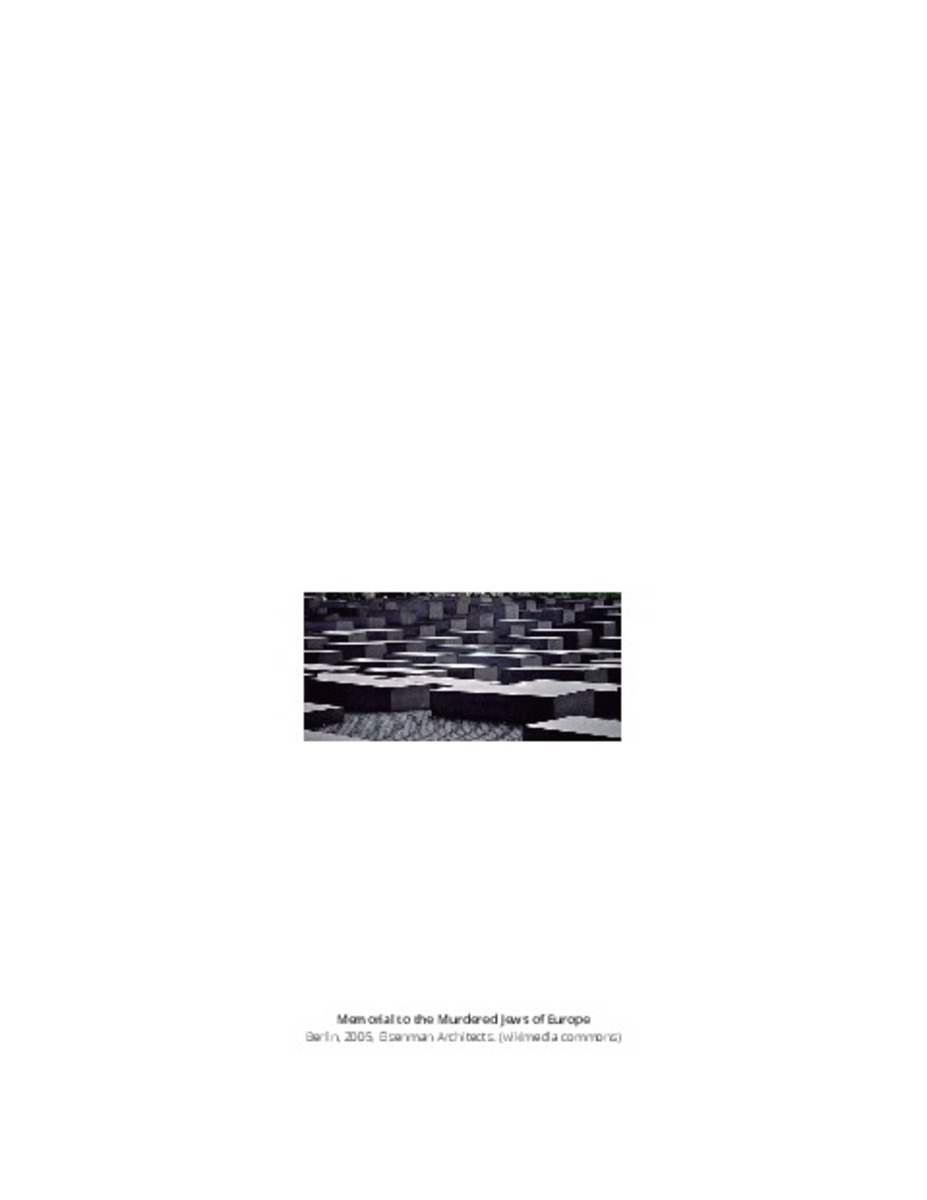Registro completo de metadatos
| Campo DC | Valor | Lengua/Idioma |
|---|---|---|
| dc.creator | Whittaker, E. (Edward) | - |
| dc.date.accessioned | 2016-12-01T08:19:36Z | - |
| dc.date.available | 2016-12-01T08:19:36Z | - |
| dc.date.issued | 2016 | - |
| dc.identifier.citation | Whittaker, E., (2016) ""Architectural Photography and the Contingency of History"" En: Alcolea, R.A, Tárrago-Mingo, J., (eds.), Congreso internacional: Inter photo arch ""Interferencias"", celebrado en Pamplona, los días 2 al 4 de Noviembre de 2016, (pp. 266-277) | es_ES |
| dc.identifier.isbn | 978-848081-519-2 | - |
| dc.identifier.uri | https://hdl.handle.net/10171/42428 | - |
| dc.description.abstract | Examines the current history of architecture’s contingency in the present situation of high security as the attempt to contain the inevitability of history by prediction and anticipation. Contingency is seen as the appearance of a lapse in time in which a potential insecurity can be anticipated. Architecture itself has to think risk situations and is thus part of the wider system of securitization including finance security. Architectural photography has been taken in-house by architecture under the threat of terror. Instead of a model of historic archival function photo scanning technologies and automated ‘photographies’ now take on the task of representation of architecture as part of the containment of risk. How this ethical crisis has concerned architecture has been stimulated by the theoretical work of Peter Eisenman as he had reconsidered the unthought history of modernity as late history, that of contingency. Citing the 2005 Berlin Memorial to the Murdered Jews of Europe by testing Eisenman’s historicity, the paper iterates the methodology of conceptual historian Reinhardt Koselleck. Examines the wider context of architectural photography in the work of two artists Harun Farocki and Walid Raad. Paper assesses critical practices dealing with architectural representations. Posits that an extended possibility of architectural photography is developed precisely out its ability to allow for contingency as interrupting the circuit of exchange that represents architecture in the ascendency of global capitalism. Discusses architectural photography in virtual technology and archival retrieval in the ways in which both Farocki and Raad respectively extend the scope of architectural concepts into critical and political modes of engagement. Under the exceptional conditions of the contingency of historicity in the return of deep-lying diagrammatic/archival structures, the ethical dimension of architectural photography achieves a political importance. | es_ES |
| dc.language.iso | eng | es_ES |
| dc.publisher | Servicio de Publicaciones Universidad de Navarra | es_ES |
| dc.rights | info:eu-repo/semantics/openAccess | es_ES |
| dc.subject | Materias Investigacion::Arquitectura | es_ES |
| dc.subject | Contingency | es_ES |
| dc.subject | Cistoricy | es_ES |
| dc.subject | Photography | es_ES |
| dc.subject | Risk | es_ES |
| dc.subject | Eisenman | es_ES |
| dc.subject | Farocki | es_ES |
| dc.subject | Raad | es_ES |
| dc.title | Architectural Photography and the Contingency of History | es_ES |
| dc.type | info:eu-repo/semantics/article | es_ES |
Ficheros en este ítem:
Estadísticas e impacto
Los ítems de Dadun están protegidos por copyright, con todos los derechos reservados, a menos que se indique lo contrario.






